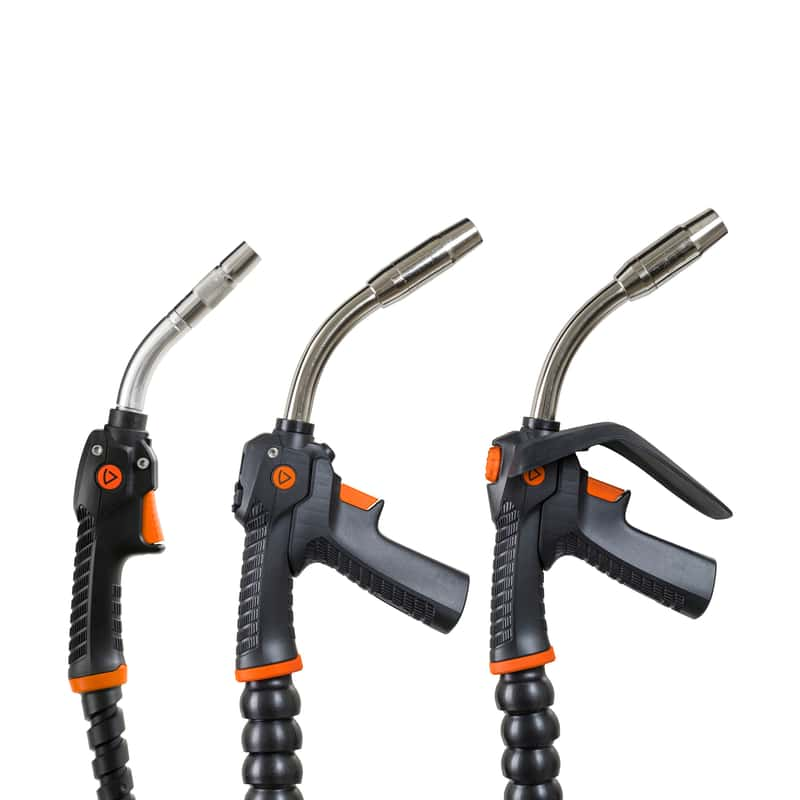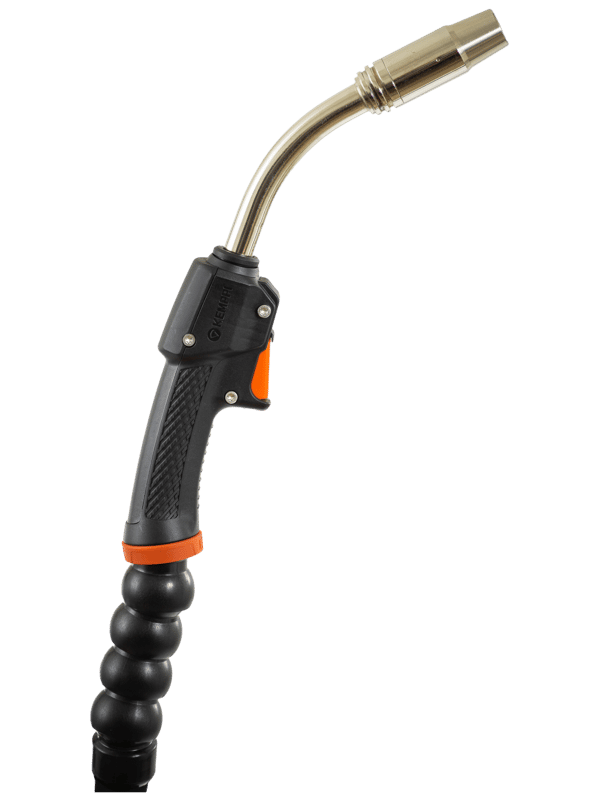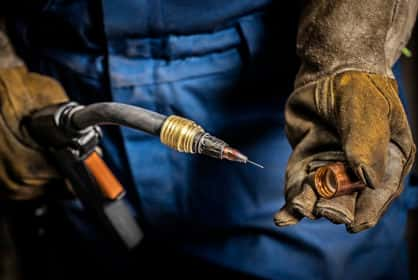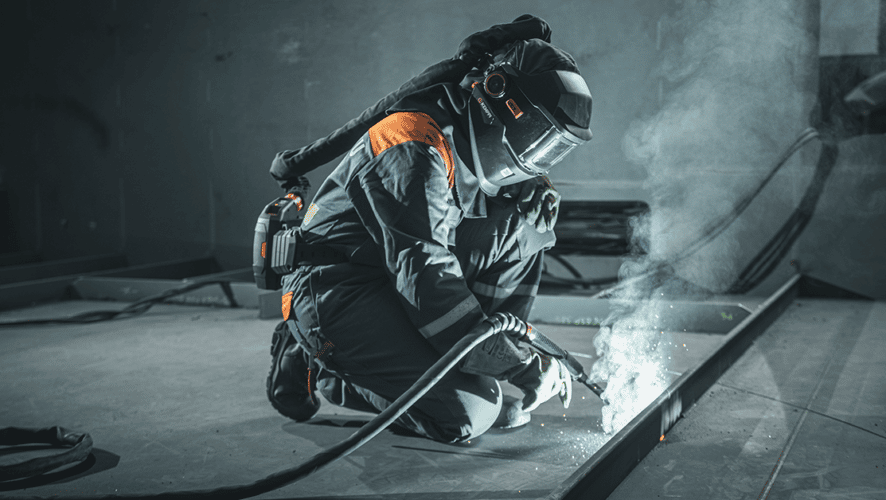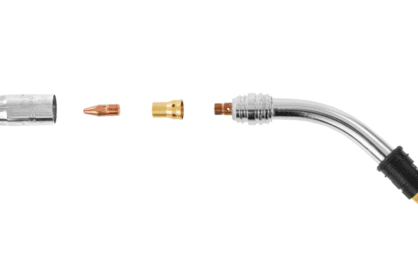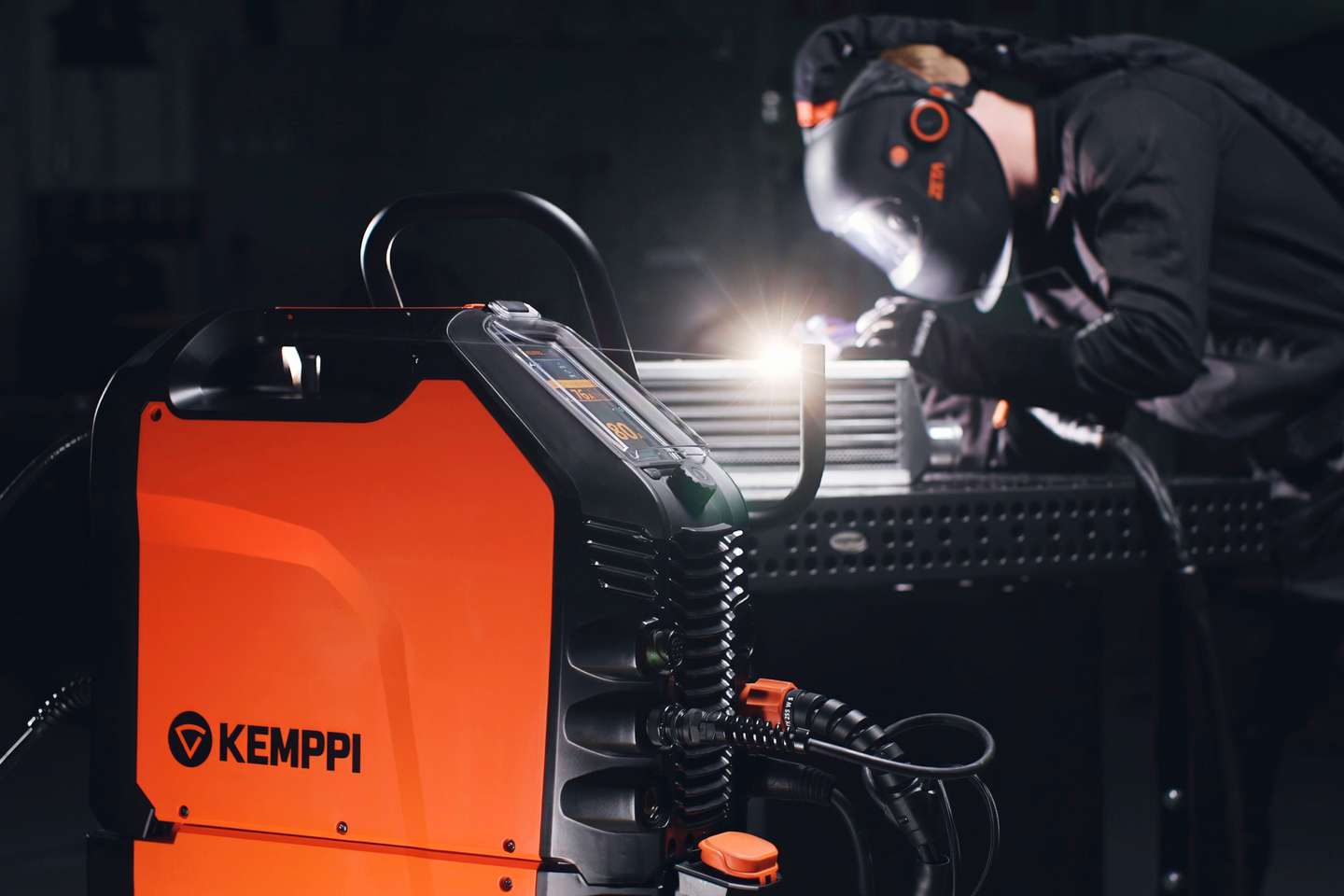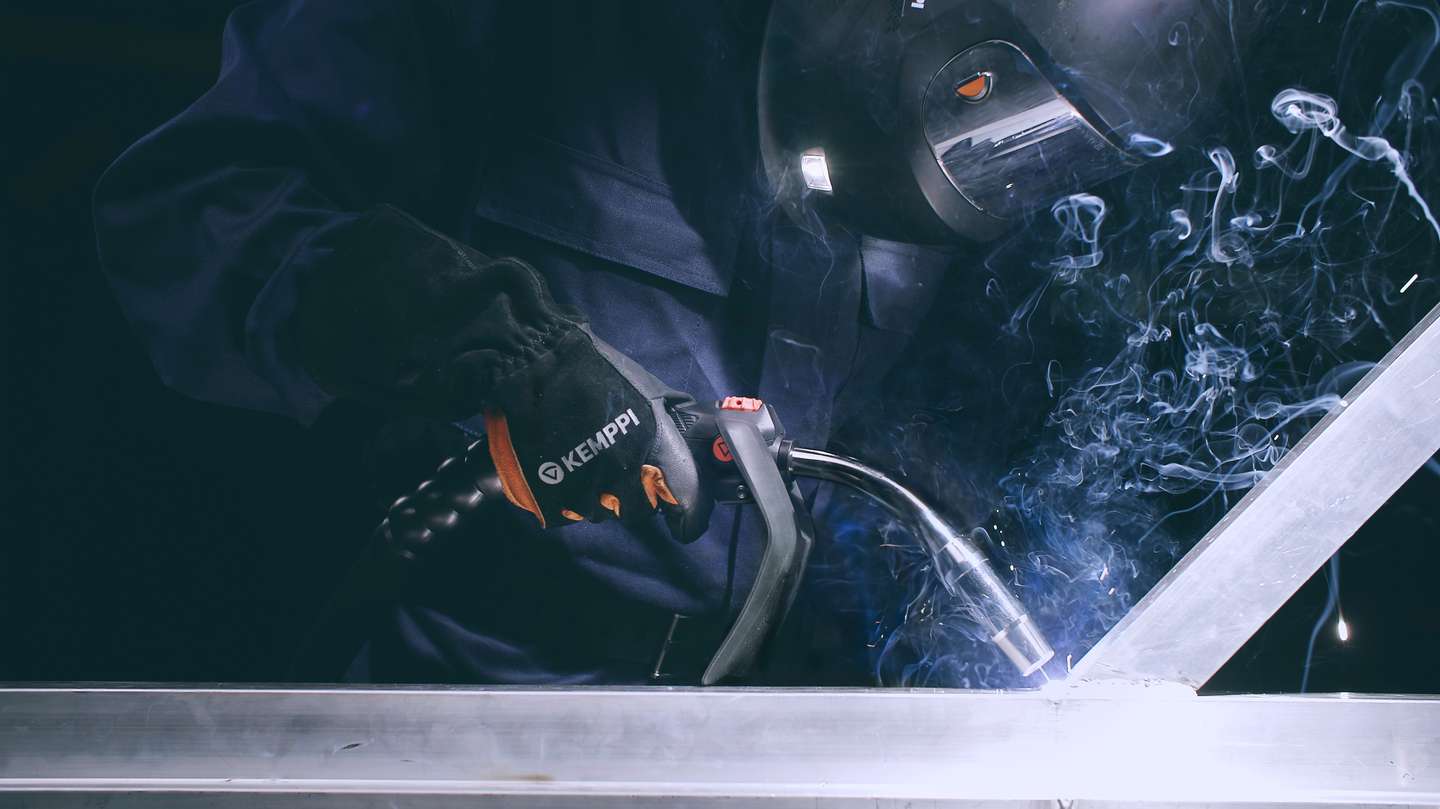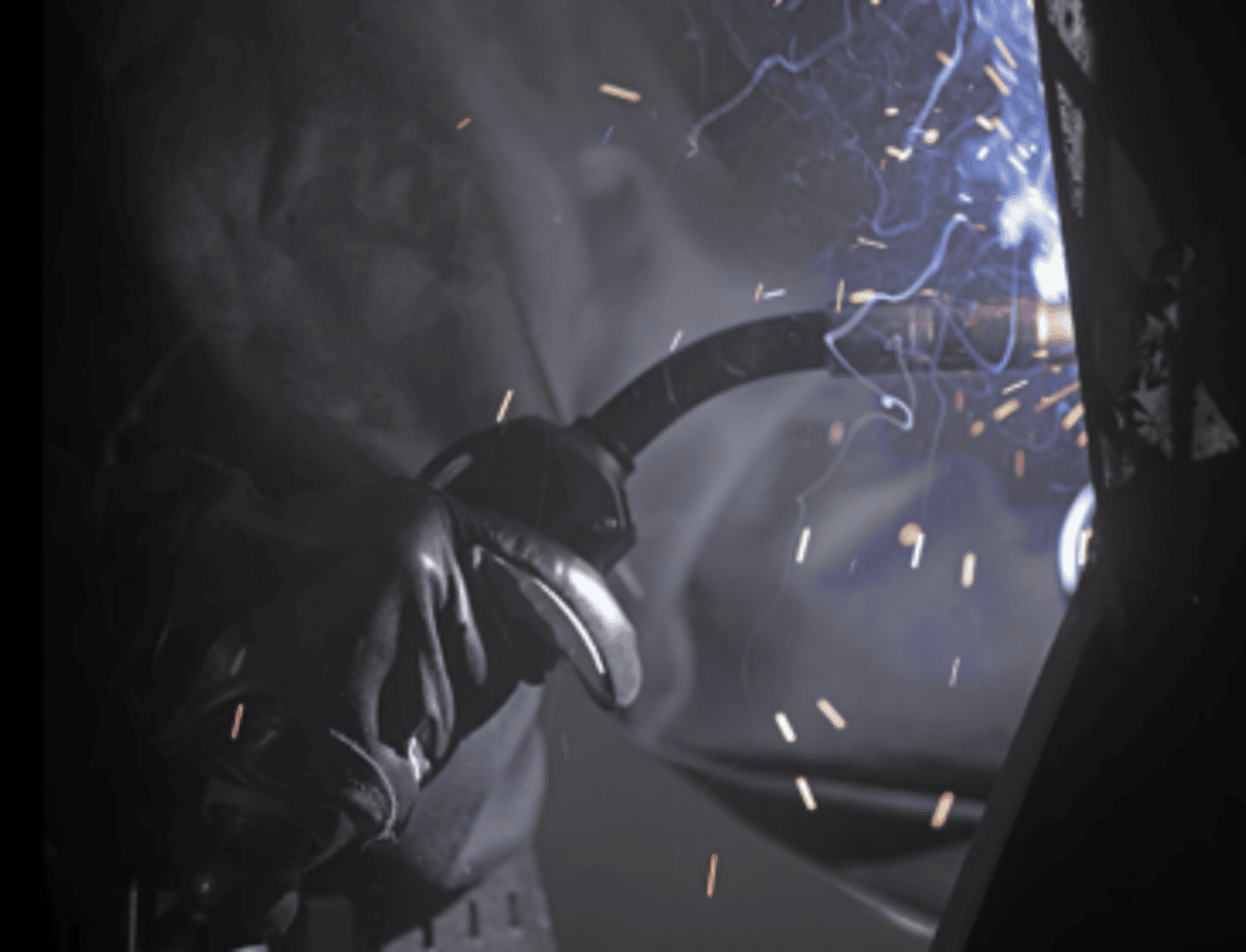
Schweiß-ABC
The best way to eliminate spatters
7. Februar 2023
When it comes to welding gun performance, cooler is definitely better. But is there an optimal temperature for a water-cooled welding gun? And how do you keep the gas nozzle and contact tip spatter-free? Let's find out by answering a few questions.
Eetu Kivioja

Eetu Kivioja
Eetu Kivioja
Commercial Development Director for Kemppi and Trafimet torches. He has been working with welding guns and torches since 2017 at Kemppi. Focused on customer understanding and transparent product management communication. Still believes in the benefits of face-to-face meetings.
